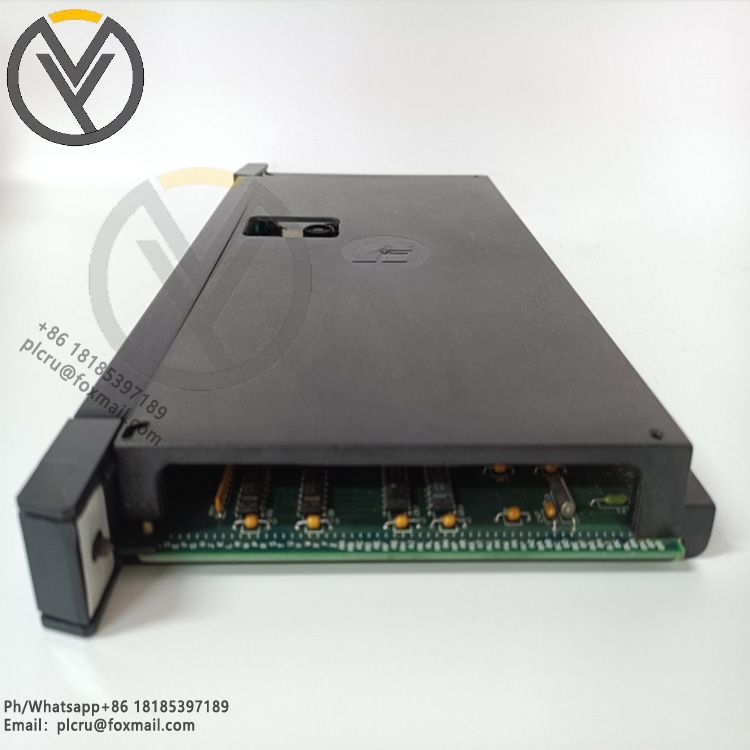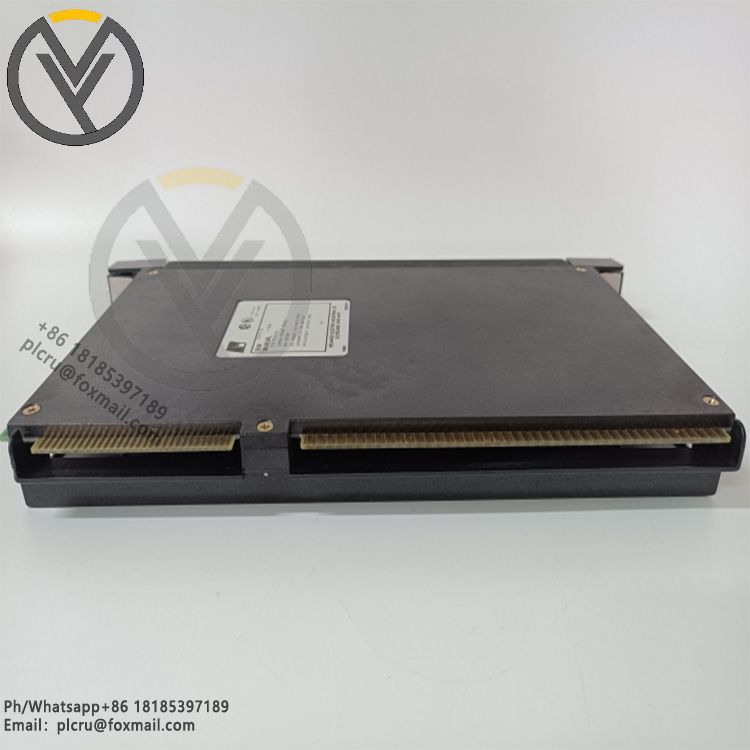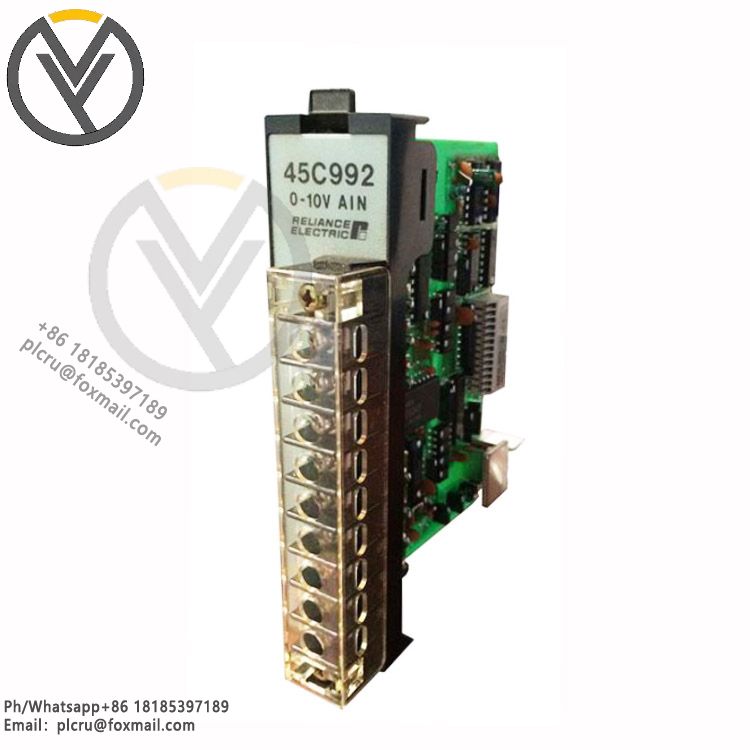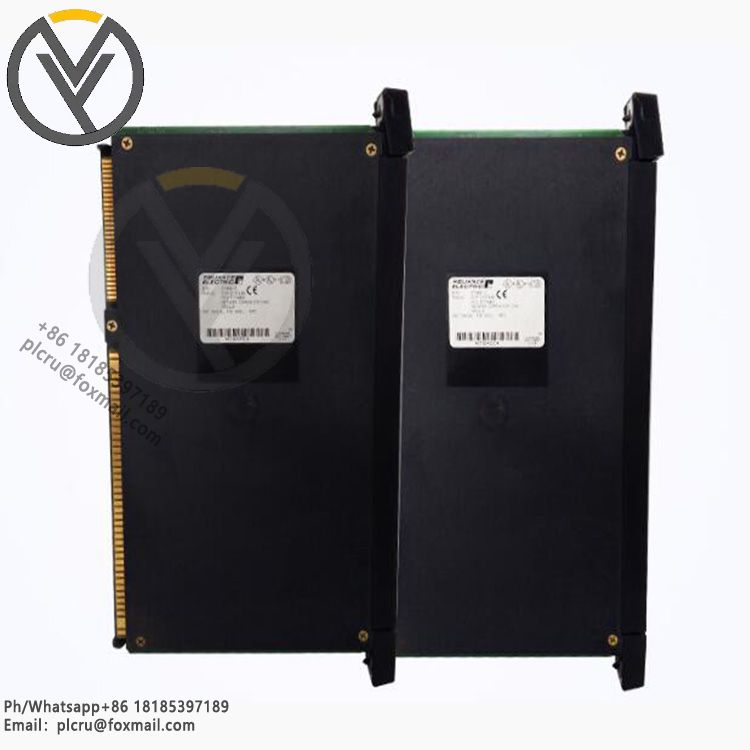
Reliance 57405-D Drives analog I/O modules
Delivery time 3 days
Product origin New/used
Email plcru@foxmail.com
Mobile/wechat /WhatsApp +86 18185397189
The Reliance 57405-D Drive Analog I/O module is a device specifically designed f
The Reliance 57405-D Drive Analog I/O module is a device specifically designed for the industrial automation sector to drive and control analog input/output (I/O) signals. This module is usually used to connect and process analog signals, such as those generated by sensors such as temperature, pressure, and flow, as well as to control analog actuators such as motors, valves, etc.
Here are some of the key features of the Reliance 57405-D drive analog I/O module:
Analog signal processing: The module is capable of receiving and processing analog signals from sensors, such as voltage or current signals, and converting them into digital signals that can be understood and used by the control system. At the same time, it can also convert the digital output signal of the control system into an analog signal to drive the analog actuator.
High accuracy and stability: The Reliance 57405-D usually has high accuracy and stability to accurately convert and process analog signals, ensuring the accuracy and reliability of the control system.
Multi-channel support: The module usually has multiple analog input/output channels, which can process multiple analog signals at the same time, improving the parallel processing ability and efficiency of the system.
Communication and integration capabilities: The module supports a variety of communication protocols and interfaces, such as EtherNet/IP, Modbus, etc., which can be easily communicated and integrated with other industrial automation equipment and systems.
Flexible configuration and control: Through software configuration and control, users can adjust the working parameters and modes of the module according to actual needs to meet different control requirements.
When selecting and using Reliance 57405-D drive analog I/O modules, it is necessary to select the right model and configuration according to the actual application scenario, signal type and range, communication requirements and system integration requirements. At the same time, it is also necessary to pay attention to the power supply voltage, interface type, communication protocol and other parameters of the module to ensure that it can be correctly integrated into the industrial automation system, and achieve stable and efficient analog signal drive and control functions.





